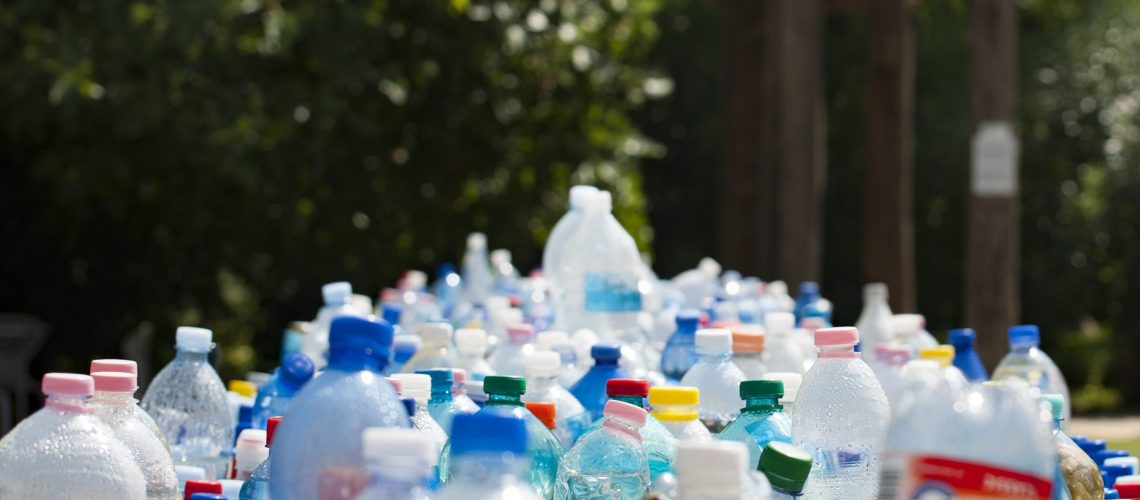What is an obesogen?
Are you eating healthy, exercising and still not losing weight? Your environment may actually be to blame!
Many people do not realize the impact that the environment can have on our hormones, and that many chemicals actually have the capability of disrupting hormones and preventing weight loss.
Our hormones help us properly metabolize fats, carbohydrates and protein, and if this process is disrupted, you could be poorly utilizing even the healthiest foods!
Certain chemicals, known as obesogens can alter appetite, satiety (making you unaware of when you are actually full), and food preferences (creating cravings for sweeter foods or refined carbohydrates). This leads individuals to gain weight despite their efforts to eat healthy and exercise!
The following are a few of the chemicals that could be interfering with your weight loss:
Bisphenol-A– (AKA “BPA”) found in water bottles, sports equipment, medical devices etc. This chemical has been shown to impair reproduction, promote obesity and increase the risk of metabolic disease (impaired blood sugars, elevated cholesterol, high blood pressure, obesity). Recent research suggests that BPS (BPA substitute, often used in plastics labelled BPA free) is just as bad, if not worse.
Tributyltin (TBT) – This chemical is applied to the outside of ships, is known to seep into the water systems, and has been shown to masculinize female fish
Diethylstilbestrol (DES)- This is a synthetic estrogen that was given to women to prevent miscarriages in the first trimester between 1940 and 1971 and has been shown to be associated with an increased risk of reproductive cancers. Today, this is still given to farm animals to help enhance fertility.
Persistent organic pollutants (POPs)- These are stable man-made compounds that do not readily degrade and tend to persist in the environment (eg. Pesticides). POPs have been shown to disrupt hormone activity and are readily stored in human tissues.
Phthalates – These are used mainly in plastics to increase the flexibility, transparency and durability. They are also found in many consumer products including adhesives, paints, packaging, children’s toys, electronics, flooring, medical equipment, personal care products, air fresheners, food products, pharmaceuticals, makeup and textiles. Pthalates have been linked to reproductive issues as well as causing early puberty.
Polybrominated diphenyl ethers (PBDEs)- These are flame retardants, used in everything from clothing to mattresses. They are now detectable in human tissues [24] and have endocrine-disrupting properties through interference in thyroid function
Parabens- are used as antimicrobial agents for the preservation of personal care products, foods, pharmaceutical products and paper products.
ØThey are widely present in human tissues including breast tissue and have estrogenic properties
How do you AVOID these harmful toxins?
- Ditch the plastics
Drink from a glass or stainless steel water bottle, store your lunches in glass containers. DO NOT heat food in plastic.
- Check your personal care products
Check the labels on ALL of your lotions, face washes, shampoos and makeup products. You will be surprised at how many of them contain harmful chemicals.
- Filter your water
- Clean your house with cleaner products
Check the labels on all of your cleaning products & find less toxic alternatives. the Environmental working group gives some options HERE
- Buy organic whenever possible
If you cannot buy everything organic, follow the Environmental working group’s “Dirty Dozen” and “Clean Fifteen” foods to give you a guideline of foods that have the most pesticides and should be purchased organic, and ones you can get away with non organic.
Your hormones (& waist line) will thank you!
In health,
Dr. Laura, ND
References
https://www.ncbi.nlm.nih.gov/pubmed/26391979
https://www.ncbi.nlm.nih.gov/pmc/articles/PMC3554682/
https://link.springer.com/article/10.1007/s13679-017-0240-4
https://www.ewg.org/release/ewg-lists-top-ten-toxic-chemicals-epa-should-review-now#.WntckZPwZTY



